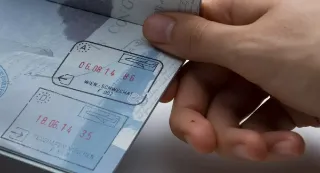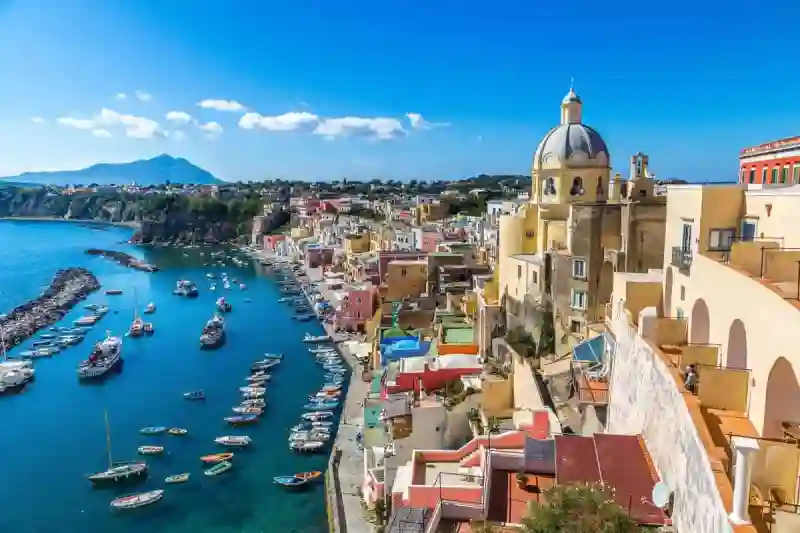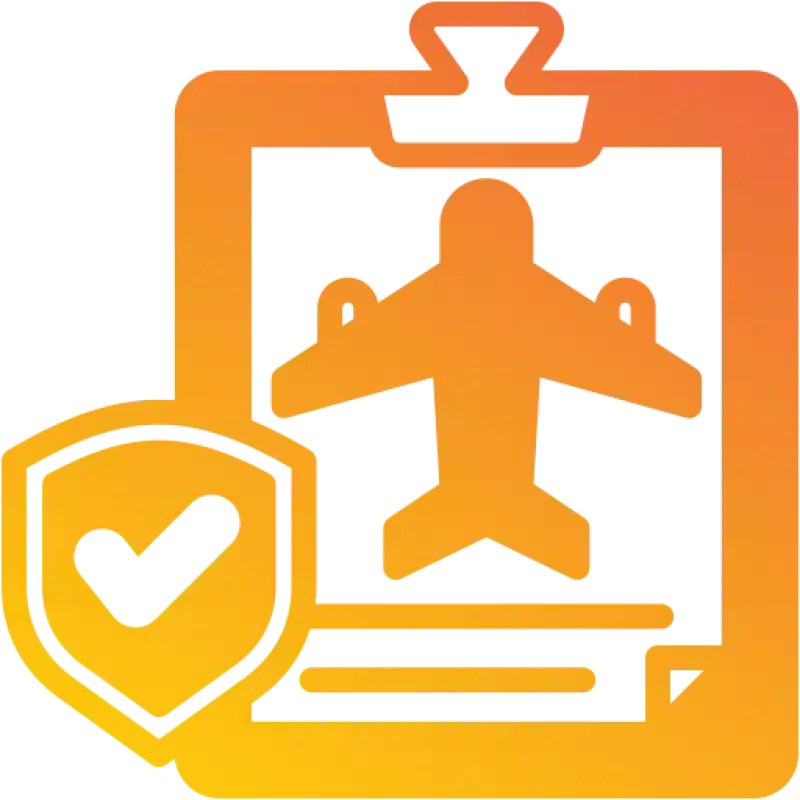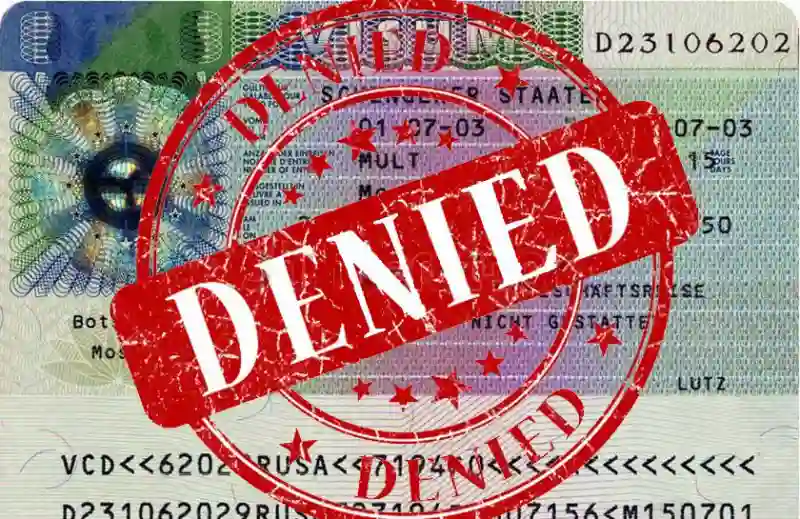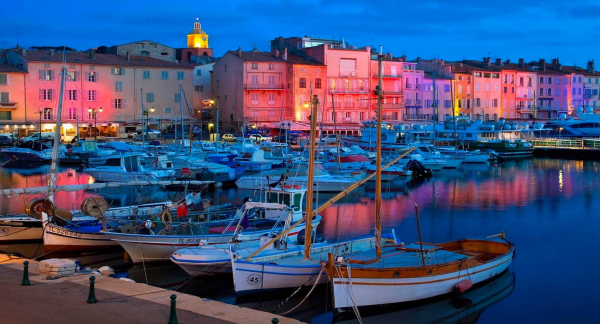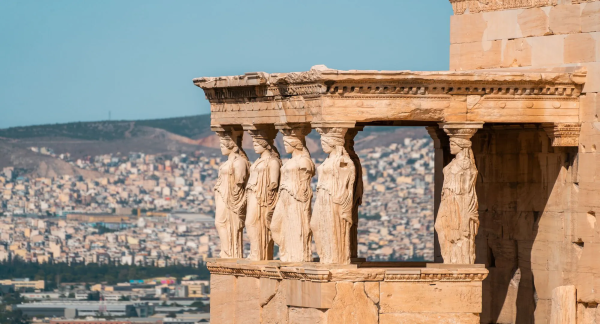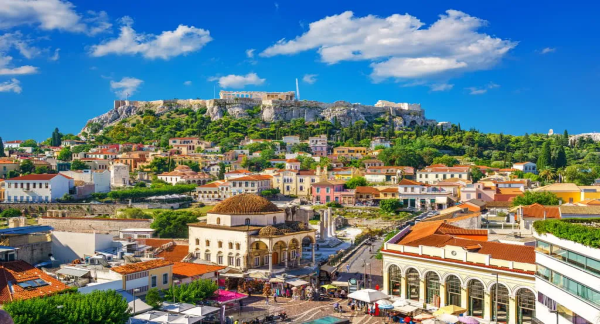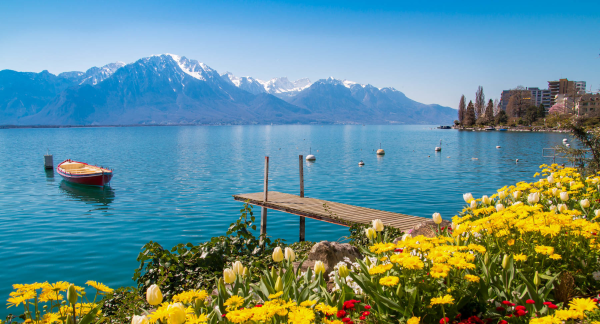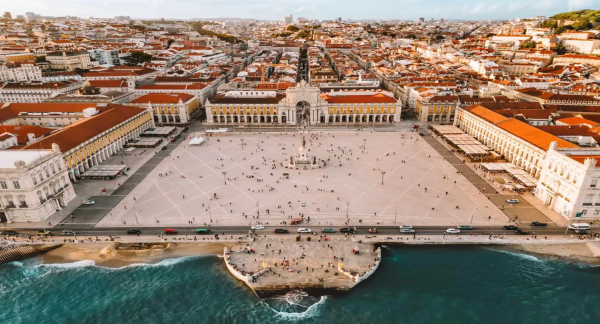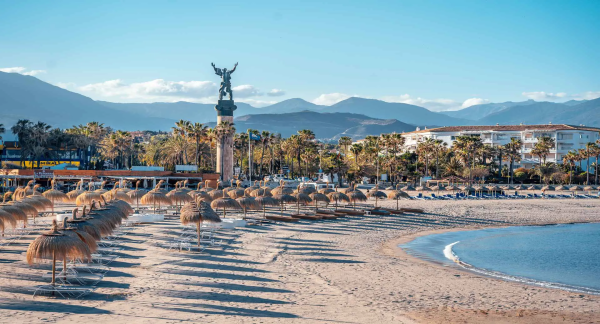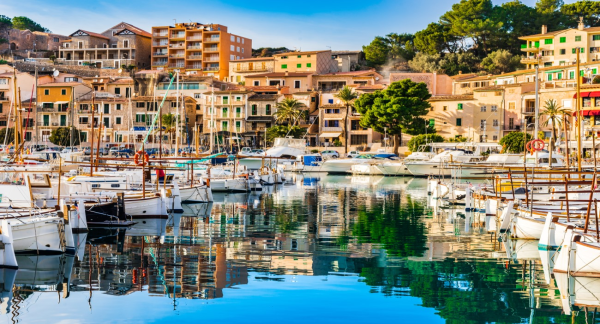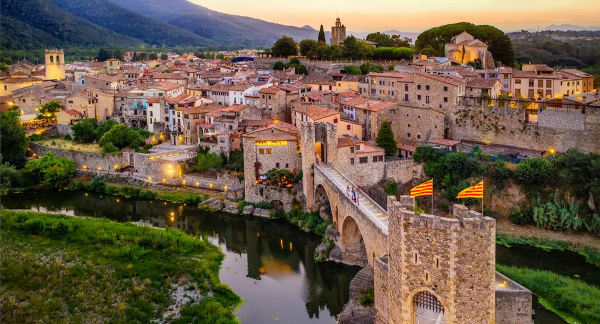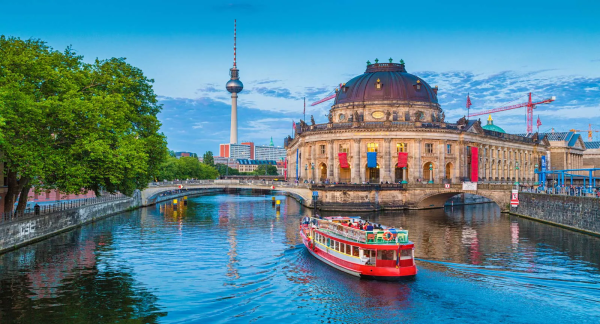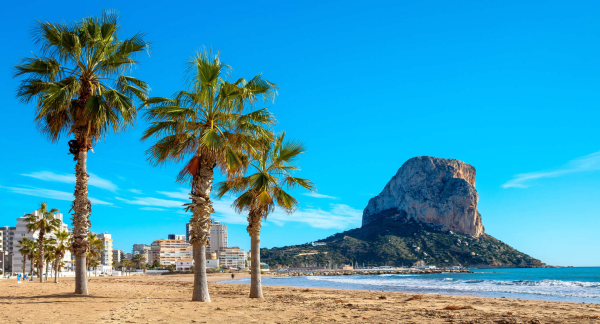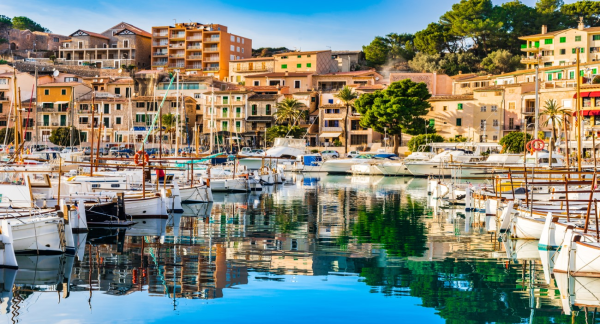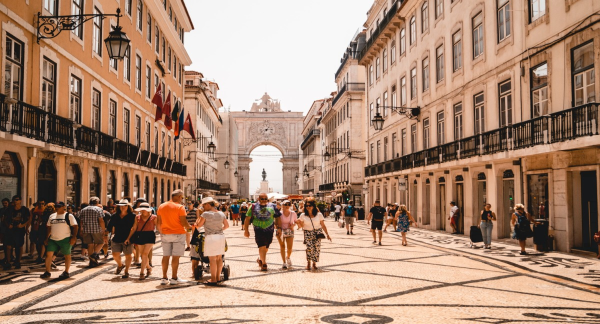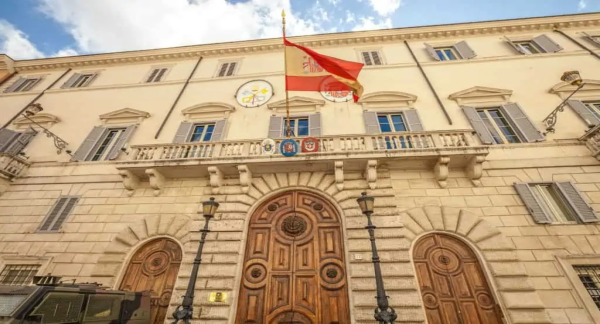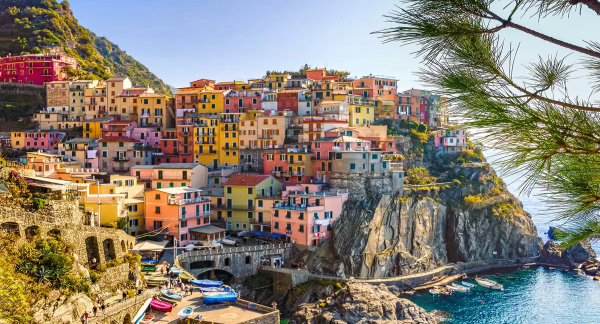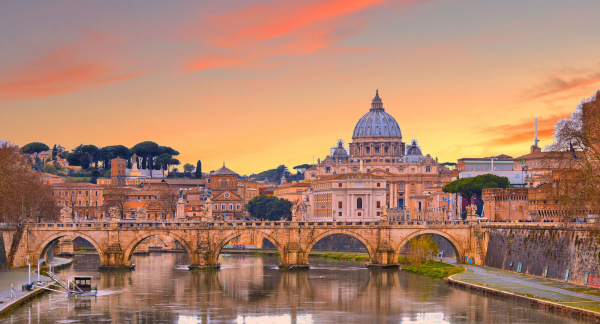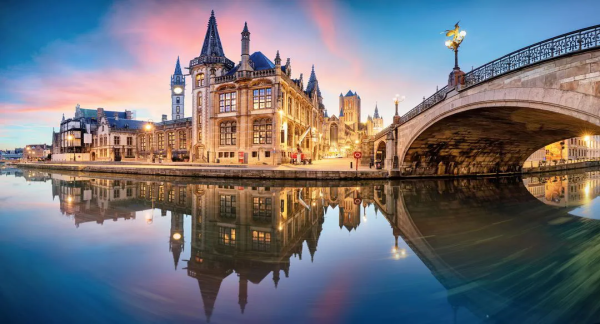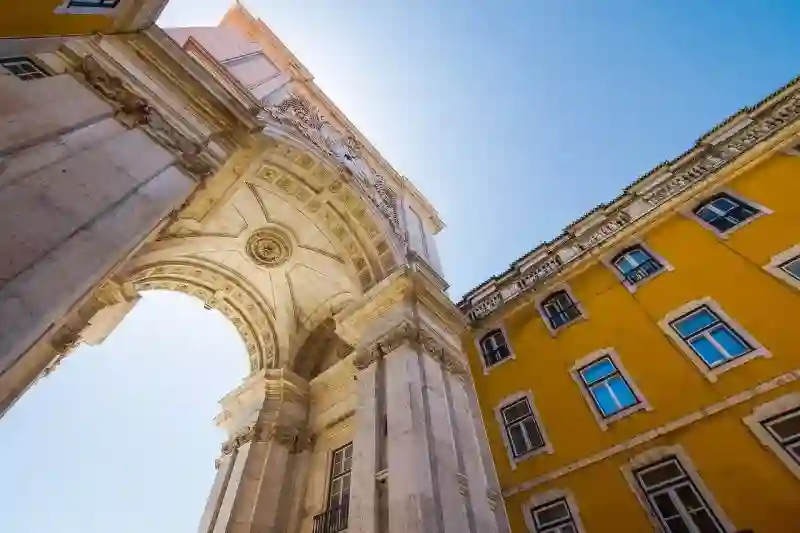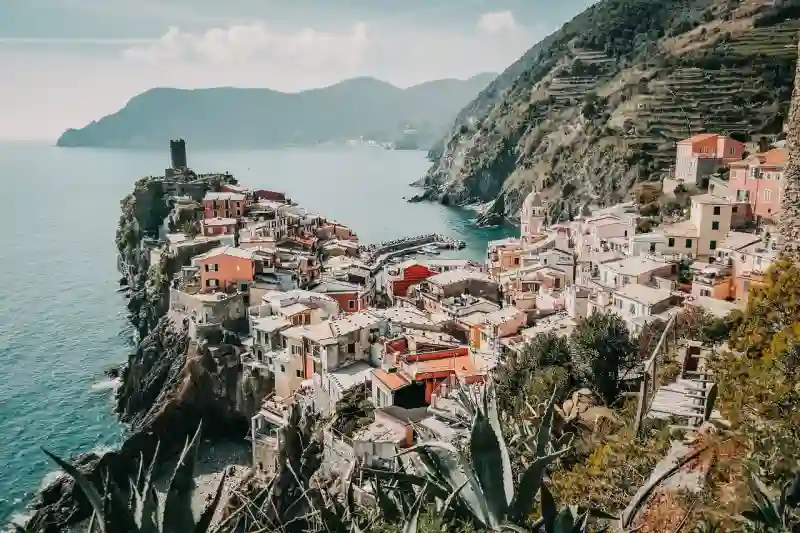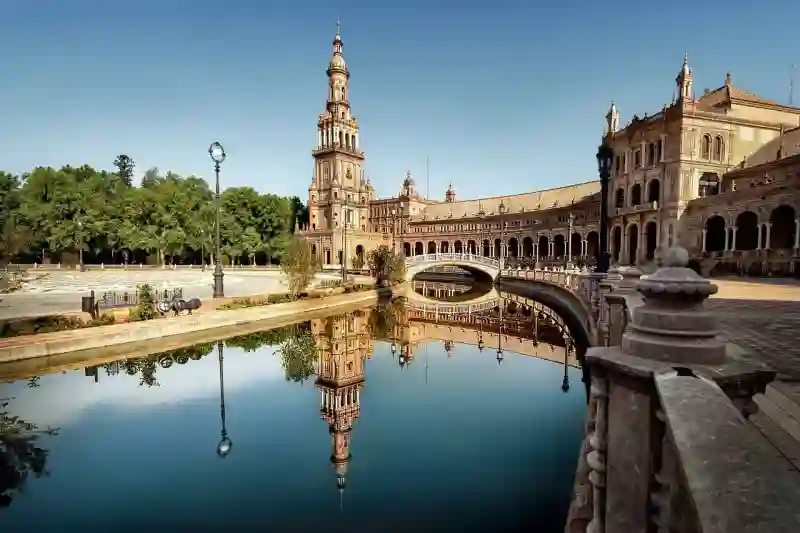Applying for an Italy Schengen visa might seem a bit like deciphering an ancient scroll, but fear not! With this step-by-step guide and a sprinkle of Italian charm, you'll be navigating the process like a local in no time.
1. Find Your Italian Connection
Your first mission is to locate the Italian embassy or consulate in your country. Think of it as finding the best pizzeria in town – it's where all the magic happens! Check the embassy website or give them a call to find out their address and hours of operation. It's also a good idea to check if they have any specific requirements or procedures for visa applications.
2. Gather Your Documents
Now, it's time to gather your paperwork. You'll need the usual suspects:
- Passport: Make sure it's valid for at least three months beyond your planned trip and has at least two blank pages for those all-important visa stickers.
- Italy Schengen Visa Application Form: Fill this out carefully and accurately. You can usually download it online from the embassy website.
- Passport-Style Photos: Two recent photos that meet the strict Schengen visa photo requirements. No selfies with gelato allowed!
- Proof of Travel Insurance: You'll need a policy that covers medical expenses up to €30,000 (around $33,000 USD). Don't forget this crucial step – it's mandatory!
- Travel Itinerary: Outline your trip in detail, highlighting your planned activities and destinations in Italy. Make sure to include confirmed flight reservations, hotel bookings, and any other relevant travel documents.
- Proof of Accommodation: This could be hotel confirmations, Airbnb reservations, or even a letter of invitation from friends or family in Italy.
- Proof of Financial Means: Show those bank statements, pay stubs, or other documents that prove you can afford your Italian adventure.
Pro Tip: If you're planning to visit multiple cities or regions in Italy, make sure your itinerary reflects that. Mention specific places you'll be visiting, like the Colosseum in Rome or the Leaning Tower of Pisa.
3. The Application Form
Filling out the visa application form is like crafting your own Italian dish – it requires attention to detail and a touch of passion. Be sure to answer all questions truthfully and accurately. Don't be afraid to showcase your love for Italy by mentioning any planned cultural experiences, like visiting museums or attending a cooking class.
Pro Tip: VisaTitans can help you with the application form, ensuring it's error-free and highlights your genuine interest in Italy.
4. Book Your Appointment
Once your application is complete, it's time to schedule an appointment at the Italian embassy or consulate. You can usually do this online, but some locations might require you to call or email. Be sure to book well in advance, as appointment slots can fill up quickly, especially during peak travel seasons.
5. The Interview (If Required)
Some applicants might be required to attend a visa interview. This is your chance to shine! Dress professionally, be prepared to answer questions about your trip and your ties to your home country, and don't hesitate to share your excitement about exploring Italy.
6. Pay the Fee and Submit
The last step is to pay the visa fee and submit your application along with all your supporting documents. The visa fee is €80 for adults and €40 for children between 6 and 12 years old. Remember to keep copies of everything, just in case!
With a little preparation and the help of VisaTitans, you'll be enjoying the taste of Italy in no time! From savoring delicious pasta to exploring ancient ruins, your Italian adventure is just a Schengen visa away.
While the basics are similar to those of other Schengen countries, Italy has a few specific quirks and preferences you should know about before you submit your application. Let's dive deeper into the Italy Schengen visa requirements:
1. A Detailed Itinerary
While all Schengen visa applications require a travel itinerary, Italy might ask for a more detailed one than other countries. They want to know exactly where you'll be and what you'll be doing during your stay. So, make sure your itinerary includes specific dates and addresses for each city or town you plan to visit. Mention any planned activities, like museum visits, cooking classes, or wine tastings. The more detailed you are, the better!
2. Proof of Funds
Italy is known for its delicious food and wine, and the visa officers want to make sure you can afford to indulge in all the culinary delights. Be prepared to show that you have enough money to cover your meals, accommodations, and other expenses. This could include bank statements, credit card statements, or even a letter from a sponsor.
Pro Tip: Research the average daily expenses in Italy and make sure your financial proof reflects that. Remember, it's not just about the cost of your flight and hotel – you'll also want to budget for all those delicious pizzas, pasta dishes, and glasses of Chianti!
3. Strong Ties to Your Home Country
Just like with any Schengen visa application, you'll need to demonstrate that you have strong ties to your home country and intend to return after your Italian adventure. This could include things like a job, family, property, or even just a strong desire to come back home. The more evidence you can provide, the better your chances of getting your visa approved.
Specific Requirements for Special Occasions
If you're traveling to Italy for a specific reason, like attending a cultural event, studying Italian, or getting married, you might need to provide additional documentation. For example, if you're attending a conference, you'll need to provide an invitation letter and proof of registration. If you're studying Italian, you'll need an acceptance letter from a language school.
Pro Tip: Always check the website of the Italian embassy or consulate for the most up-to-date and accurate information on any additional requirements for your specific travel purpose.






